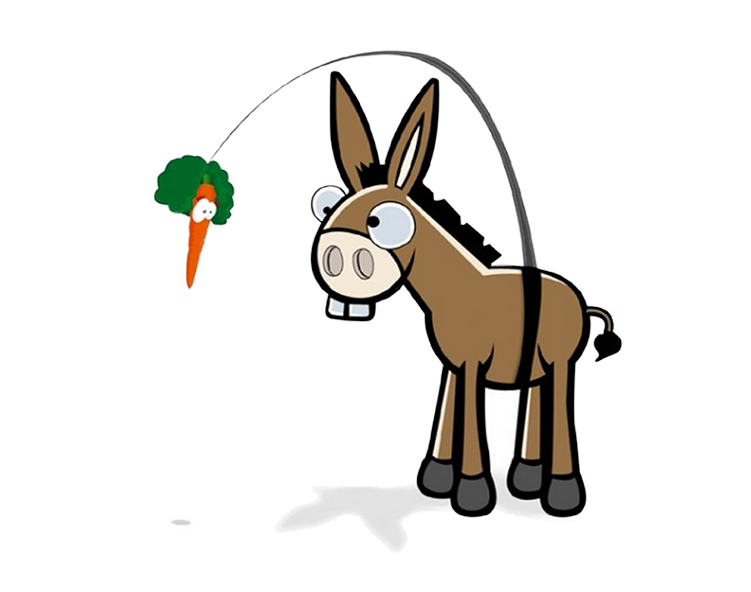What makes us take action? Why do we keep postponing some activities? Our survival instinct ensures we eat. But after that, is there anything else besides the carrot and the stick? How can you switch from survival mode to extrinsic motivation, and above all to intrinsic motivation?


Before even setting goals or managing with goals, it is important to understand how motivation works. Several researchers have asked this question. In this article, I explain the three levels of motivation, as described by Mihály Csíkszentmihályi, Edward L. Deci and Richard M. Ryan, and democratized by Dan Pink in his book Drive.
Level 1: Survival
The first motor of each human being is related to his direct survival. What pushes us to run and nd run even faster in the burning savannah? Answer: our survival. This is the primary motivation. It’s what makes us stop all other activities to drink, eat, sleep or meet our safety needs. It takes precedence over everything else, because our primary goal is to stay alive. I won’t dwell on this first engine, which requires much less effort today than it did a few thousand years ago.
Level 2: The carrot and the stick
This is extrinsic motivation, I act to get the reward, the carrot, or avoid the punishment, the stick. I act for a purpose external to the activity, a benefit unrelated to the activity. This is what we used to use a little bit wrongly in education. For example, depriving a child of dessert or television if she gets a bad grade, slaps her sister or breaks a vase. On the other hand, double the amount of dessert or sweets for a good grade at school. This may sound childish, but it is what is still widely used in companies: bonuses or premiums for the number/volume of sales, competitions between branches/teams on speed of execution or response time.
In recent years, we have come to realize that the carrot and stick approach has limited effects, especially in the long term. In education, consequence or reparation replaces punishment. They are logical and related to bad behavior. However, they require more creativity from the parents.
Several companies have chosen to abolish management by objectives, and to replace results-based objectives with means-based or development-based objectives.
What Deci and Ryan have proven is illustrated in Dan Pink’s TED Talk. Extrinsic motivation works only on repetitive tasks and without creativity. It improves the performance of the industrial operator who has to perform a simple action (robotizable). On the contrary, they deteriorate the performance of tasks requiring creativity, such as problem solving.
Level 3: Competence, autonomy and purpose
How to characterize intrinsic motivation? The one that gives us satisfaction in the achievement, that makes the activity autotelic, literally for the purpose of itself. These are activities that we do for the activity itself, which puts us in the state of Flow, a term so fashionable nowadays!
Activities become autotelic when they are based on three aspects: competence, autonomy and intention. I detail in this article everything you need to know to take advantage of it.
The big difference with intrinsic motivation is that it is specific to each individual. Depending on their personality and environment, each person will have different intrinsic motivators. For corporate managers, this complicates matters. You can’t settle for a single motivational program. Each individual is motivated personally, according to his or her own drivers.
So what kind of motivation do you use?
